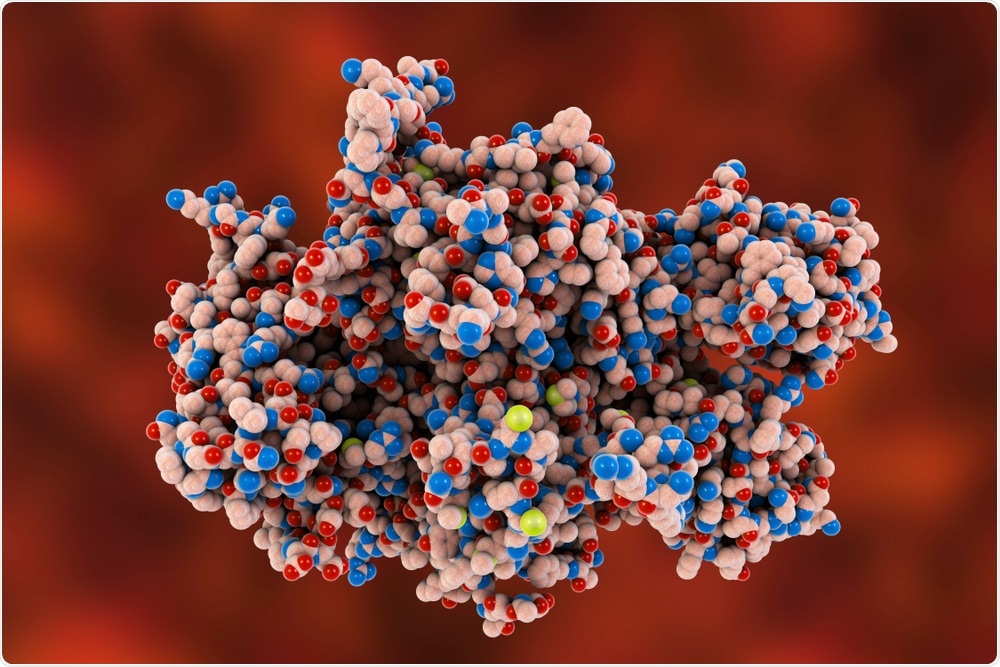Researchers at Penn State College of Medicine have developed a computational tool that makes it possible to split proteins and then restore them to functionality.
 Image Credit: Kateryna Kon / Shutterstock
Image Credit: Kateryna Kon / Shutterstock
This has previously been difficult to do because, although researchers have been able to split proteins using light and chemical signals, the process of finding the exact site where the protein should be split had been a matter of trial and error.
This meant that the approach was not fit-for-use in therapies and scientific procedures.
The authors of the current study say their new computer-guided algorithm precisely identifies where to split a protein, a step that could lead to the use of chemical and light signals to create new medical therapies and biosensors.
We want to make these proteins respond with certain activities based on the light - optogenetic - or chemical - chemogenetic - signals that we provide.
And, so, just by shining a light or adding a chemical, the cell starts to move, or dance, or whatever we want them to do, based on the protein we're controlling."
Thomas Passananti, Study Author
To find the sites where protein should be split, the team examined how proteins had been split previously and used those findings to develop a model of the protein’s structure.
As reported in the journal Nature Communications, the model enabled the team to find the sites on the protein that were most likely to yield a successful split.
Passananti and team say the ability to split proteins and then reassemble them to a functional state could have far-reaching implications.
They envisage that the approach could be used in CAR T cell therapy, for example, where a patient’s immune cells are taken from the body, modified to destroy unwanted cells and then introduced back into the body.
If we want to deliver something - an engineered cell, or stem cell, or engineered bacteria cell, for example - to a body for therapeutic purposes, we might not want them to be active all the time.
You want to turn them off and turn them on, and people in the field are trying to find ways to control those proteins, just to be able control those cells.”
Onur Dagliyan, Co-author
Dagliyan adds that the technique could also be used to attach biosensors to proteins that could then be used to help understand the behavior of a protein, as well as how networks of proteins operate.
The researchers have published the platform online at spell.dokhlab.org to make it available to scientists worldwide.